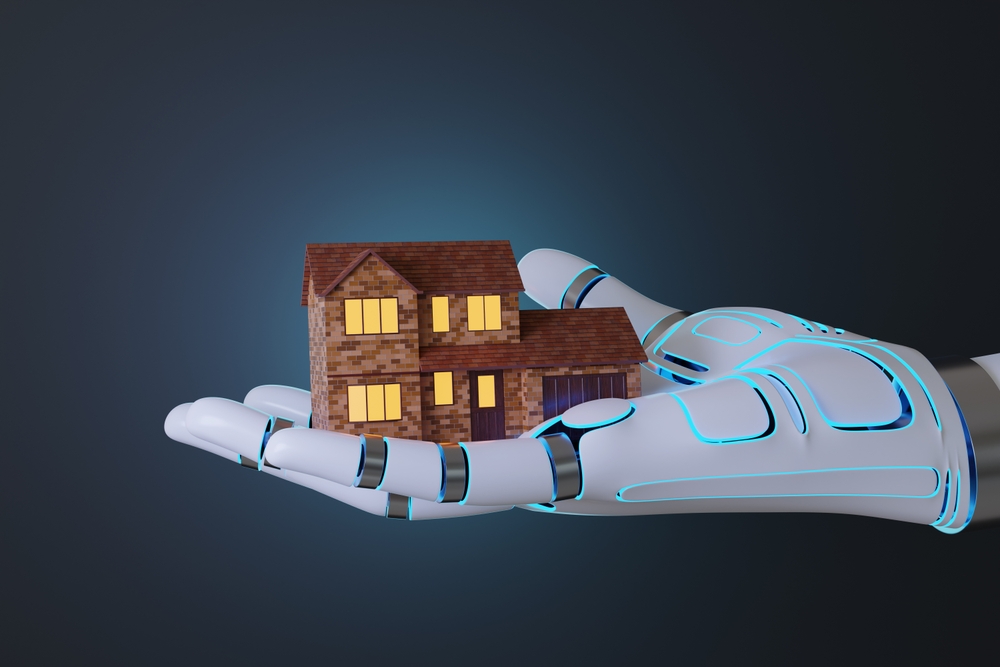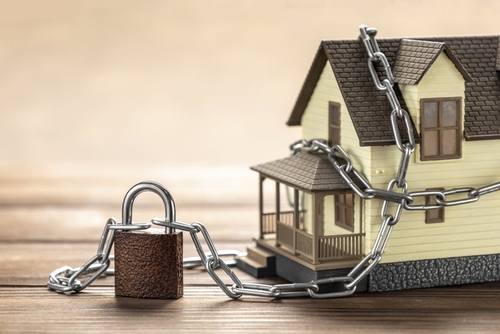
The smart home movement has been gathering pace for some time and connected living should be top of the agenda for everyone building or developing properties. Today, the most desirable homes are those that can provide a full ecosystem of interconnected devices, all playing a vital role in supporting people to enjoy their homes and lives. In fact, Statista predicts the smart home market will show a compound annual growth rate of 11.66% between 2024 and 2028 and generate projected revenues of approximately £8.6bn in 2024 alone.
For homebuilders and developers, as well as the people who rent out and manage properties, the message is clear. According to Samsung’s Smart Home Buyers Index, released in June 2024, nearly 80% of people looking to move home in the next five years want their next home to be a smart one. What’s more, they’re willing to pay extra, saying that they are prepared to add a premium of around 7.7% on smart homes. Choosing a home is no longer simply about location or price, now it’s also about how homes can improve and enhance quality of life through technology.
Why do people want smart homes?
But it’s not about technology for its own sake. While in the past using a voice-assistant to control lighting—or an app to manage heating—may have been something that was a curiosity or something to show off to friends, consumers now want to put tech to work. They’re looking to make their lives easier and have more time to focus on the things they enjoy, for example allowing devices and appliances to take on the burden of domestic chores such as vacuuming or managing their food shop.
But, while this convenience is critical, there are other issues that are even more pressing. In addition to seamless and intuitive connectivity, 70% of people want to improve their energy efficiency through smart devices and appliances and 63% are looking to save money overall. Of course, they also want to be able to move with the times, taking advantage of exciting new developments such as AI. It’s important then, that homes are built to not only be able to integrate the latest technology now, but that existing homes can be retrofitted and upgraded to support consumer needs.
Who wants a smart home?
The desire for connectivity is not just for the young. While Gen Z are the champions of smart homes, the push for these homes is not restricted to this younger, more traditionally online generation. In fact, one of the most noticeable changes over the last twelve months was an increase in people over 65 looking for connected living.
However, this shouldn’t really be a surprise. The aging population in the UK means that there are more and more people reaching retirement age and who may therefore be considering downsizing into more manageable properties. Between 2019 and 2024 the Retirement Housing market has shown consistent growth, with a 2.6% growth rate overall and a 19% increase in the number of Integrated Retirement Community units. Added to the Centre for Ageing Better’s prediction that the older UK population will grow to around 26% by 2066, elderly people and their tech requirements should not be ignored. As people age, smart devices that can be voice-controlled or that are app-based can provide significant benefits, particularly to those who may have mobility or cognitive impairments. Of course, people today are also simply more used to technology. They’re unlikely to want to give up the advantages of this when they retire. And, with the news that some pensioners may no longer receive winter fuel payments improving energy efficiency is likely to grow in importance, particularly as we head into the winter.
Where’s the opportunity?
The ongoing momentum in the smart home market is good news for the people that are building and developing homes, as well as selling and renting them. It’s also very positive for property managers. There is a clear (and higher) return-on-investment for smart homes and a significant and increasing number of people looking to move into them.
Integrating a digital-first approach can also provide ongoing cost-savings and better service levels, particularly when aspects such as the possibility for preventative maintenance are taken into account. There’s a real opportunity for the industry if it can recognise that technology is for everyone and expected, rather than a nice-to-have. Ensuring that new homes are smart ones could provide significant and ongoing ROI in an exciting, growth market.













.png)


.png)



Join the conversation
Be the first to comment (please use the comment box below)
Please login to comment